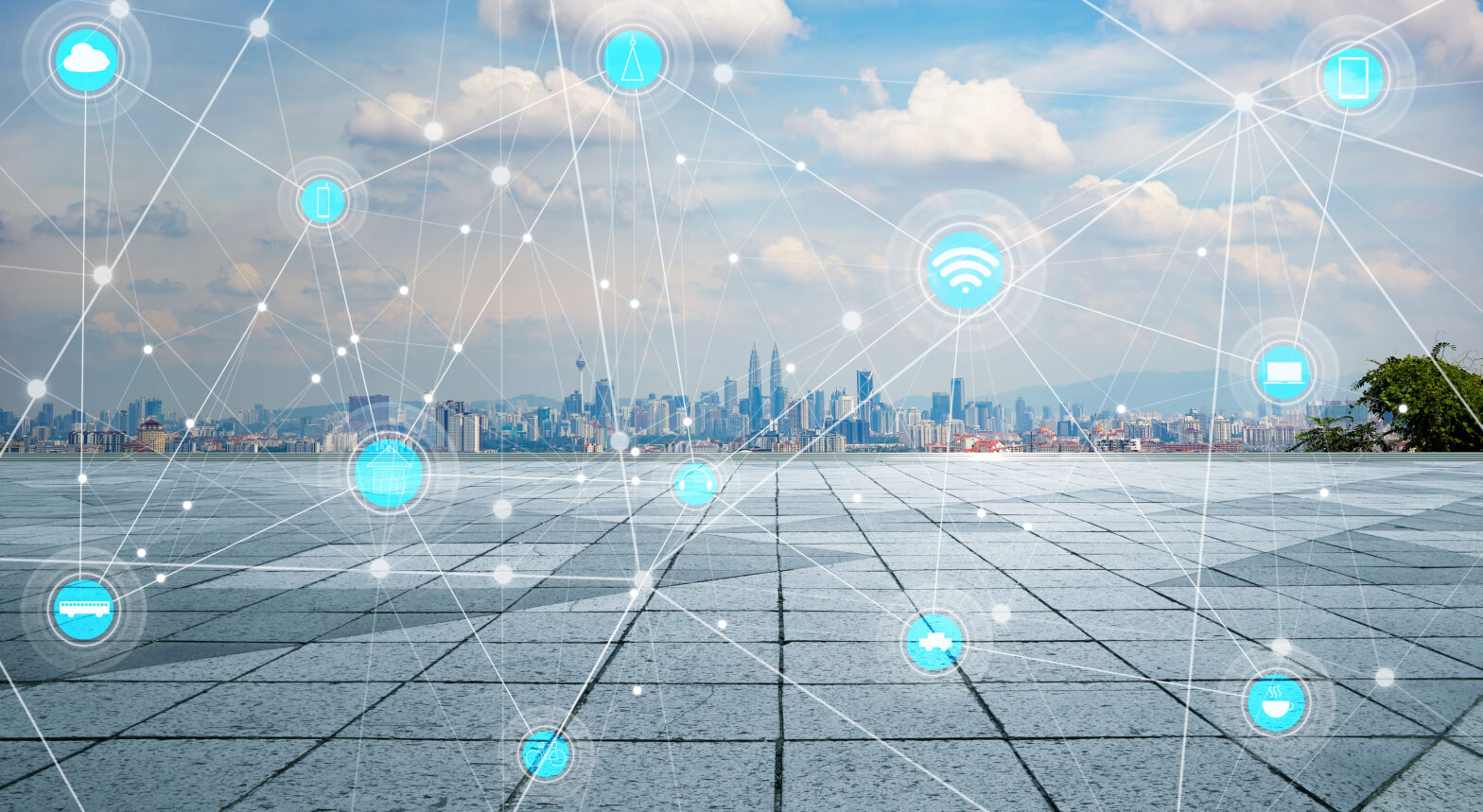The Internet of Things (“IoT”) is at the core of digital transformation in 2017, according to Verizon’s annual IoT report.
Manufacturing, transportation and utilities make up the largest percent of investments, while insurance and consumers represent the fastest areas of spending growth.
>See also: The impact of the Internet of Things (IoT)
With 8.4 billion connected “things” in use in 2017, up 31% from 2016, and network technology, cost reductions and regulatory pressures driving adoption, business leaders are not only paying attention, they’re getting in the game according to the report, which includes insights from a study commissioned by Verizon, third party research and other new findings.
Early adopters get a head start
The economics of IoT are increasingly compelling and the B2B space will benefit first, generating nearly 70% of potential value enabled by IoT. And while enterprises across industries continue to develop and pilot use cases to ensure real-time visibility into data around assets, equipment, power management and public safety – everything from construction industries employing drones for site inspections to government municipalities creating “smart” communities – hesitancies related to IoT still remain.
As Verizon’s report highlights, four key concerns stand out for over 50% of business executives when exploring IoT:
• Standards
• Security
• Interoperability
• Cost
These uncertainties, along with apprehension around scalability and simplicity, are holding businesses back from full IoT deployment, with many still in proof-of-concept or pilot phase.
>See also: Is 2017 the year the Internet of Things will die?
Early adopters seem largely focused on proving out simple use cases to track data and send status alerts, just starting to realise the full value IoT has to offer in driving growth and efficiencies across business.
The barriers are eroding
The report highlights new network technology across the industry – most significantly, the introduction of the first nationwide CAT-M1 network by Verizon in 2017, and with it, cost reductions in connectivity plans; changing consumer behaviours as they relate to the new sharing economy; and regulatory requirements spanning healthcare, food, and air space. These are just a few of the driving factors of IoT adoption and advancement this year, an ecosystem that will see more than $2 trillion in spend by 2017.
The report also sheds light on how businesses should be thinking about IoT moving forward and addresses many of the concerns expressed by executives surveyed. Specifically…
• Simplicity and integration: IoT platforms, like Verizon’s ThingSpace, will become even more seamless and streamline the deployment of applications, giving developers simplified access to new tools and resources for IoT use cases. In addition, there’ll be an ongoing consolidation of the IoT market space.
>See also: 3 scenarios for marketing with the Internet of Things
• Cost: new CAT-M1 technology and chipsets will reduce costs of connectivity and enable more widespread adoption by businesses large and small.
• Security: securely collecting, analysing and integrating data will continue to be at the forefront, with solutions like Verizon’s Security Credentialing, (based on a standard adopted by the GSMA) and Software-Defined Perimeter services, which help protect at the platform, network and device level.
Bringing IoT to life
Some of the case studies highlighted in the report include:
• IoT-enabled Track and Trace technology helping pharmaceutical enterprises, like Aegerion Pharmaceuticals, thwart counterfeiting and meet the requirements of the U.S. Drug Supply Chain Security Act (DSCSA).
• Drones enabling utility and construction firms, like Hensel Phelps, to carry out maintenance and inspections without having to dispatch workers.
• IoT-connected lawn care. TruGreen, one of the largest commercial and home lawn care providers in the US, is connecting sensors in lawns so technicians can determine how much water, fertiliser or pesticide is necessary, enabling fewer visits depending on the specific needs of the lawn.
>See also: Tips for protecting IoT devices in the connected era
• Unmanned aerial vehicles revolutionising the insurance industry, with 70% of Fortune 500 property and casualty companies utilising drones to perform inspections and other claims-related work.
• Smart communities. Providing actionable traffic insights; making parking seamless; bringing communities together and bridging the digital divide in forward-thinking municipalities like Boston, Sacramento and Kansas City, among others. Government and private industries joining the sharing economy. Columbus Yellow Cab is using Verizon Share solutions to automate and streamline cab reservation and payment process for its full fleet of cabs and drivers across Ohio. Yellow Cab’s drivers, known as Driver Partners, leverage Verizon’s Share Solution to more easily locate and rent available cabs, creating an on-demand, self-service approach to gaining access to vehicles.
• Electricity companies moving to smart-reader/smart grid cloud technologies to enable 4G LTE connected meter reading, outage and restoration notifications, providing actionable insights and data for future planning.
>See also: Is IoT the next step for the mobile workforce?
“Over the past year, industry innovators in energy, healthcare, construction, government, ag-tech and beyond have not only piloted, but in many cases, deployed IoT technology to improve business efficiencies, track and manage assets to drive value to the bottom line. In 2017, advancements in technology and standards, coupled with changing consumer behaviours and cost reductions, have made IoT enterprise-grade, and it’s just the tip of the iceberg in driving economic value across the board,” said Mark Bartolomeo, VP of IoT Connected Solutions at Verizon.










